The Medieval Axe: An Icon of Warfare
The medieval axe stands as an icon of warfare, representing the power, precision, and versatility of medieval combat. This formidable weapon was favored by knights and warriors for its ability to deliver devastating blows and its adaptability in various battle scenarios.
Design and Function
The medieval axe came in various designs, each tailored for specific combat needs. The battle axe, with its long handle and broad, sharp blade, was designed for delivering powerful, sweeping strikes. This design allowed knights to cleave through armor and shields with immense force, effectively breaking enemy lines and fortifications. The long handle provided leverage, enhancing the impact of each blow and making the battle axe a fearsome weapon on the battlefield.
Versatility in Combat
Smaller hand axes were also widely used for their agility and precision in close-quarters combat. These lightweight axes allowed for quick, accurate strikes, ideal for hand-to-hand combat. Hand axes could also be thrown as projectiles, adding to their versatility and effectiveness. This adaptability made the medieval axe a reliable weapon in various combat scenarios, from mounted charges to infantry skirmishes.
Symbol of Authority
Beyond their practical uses, medieval axes also symbolized authority and status. Ornately decorated axes were often carried by nobles and high-ranking officials, signifying their rank and prestige. These ceremonial axes showcased the artistry of medieval blacksmiths and reflected the status of their owners.
The medieval axe, as an icon of warfare, remains an enduring symbol of the Middle Ages. Its legacy highlights the craftsmanship of medieval blacksmiths and the fierce determination of the warriors who wielded it, embodying the raw power and tactical skill that defined medieval combat.

 Historical & Medieval Reproduction
Historical & Medieval Reproduction Historical & Medieval Helmets
Historical & Medieval Helmets Chest Plate Armor
Chest Plate Armor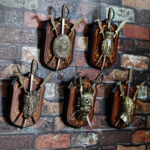 Historical & Medieval Shields
Historical & Medieval Shields Leg Armor
Leg Armor Arm Armor
Arm Armor Shoulder Armor
Shoulder Armor Full Suit of Armor
Full Suit of Armor Medieval Lifestyle & Collections
Medieval Lifestyle & Collections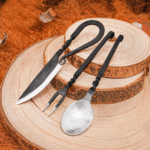 Medieval Cutlery & Tools
Medieval Cutlery & Tools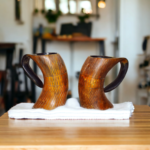 Viking Drinking Horn, Mug & Tankard
Viking Drinking Horn, Mug & Tankard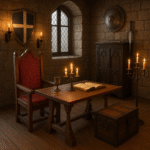 Medieval Furniture & Decor
Medieval Furniture & Decor Larp Costume & Ren Faire Clothing
Larp Costume & Ren Faire Clothing Leather Breastplate
Leather Breastplate Medieval Leather Armor Parts | Belts, Tassets, Arm & Leg Guards
Medieval Leather Armor Parts | Belts, Tassets, Arm & Leg Guards Medieval & Historical Footwear | Viking Shoes & Boots
Medieval & Historical Footwear | Viking Shoes & Boots Chainmail
Chainmail Men’s Chainmail Armor
Men’s Chainmail Armor Women’s Chainmail Armor
Women’s Chainmail Armor Medieval Weaponry: Artifacts of History
Medieval Weaponry: Artifacts of History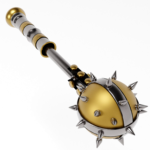 Medieval Mace & Flail
Medieval Mace & Flail Medieval Axe
Medieval Axe Historical And Medieval Swords
Historical And Medieval Swords Musical Instruments
Musical Instruments Brass Instruments | Trumpets, Cornets, Trombones & More for Musicians
Brass Instruments | Trumpets, Cornets, Trombones & More for Musicians Woodwind Instruments | Saxophones, Clarinets, Flutes & More
Woodwind Instruments | Saxophones, Clarinets, Flutes & More Nautical and Maritime Collection
Nautical and Maritime Collection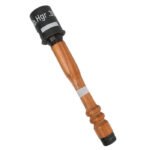 WW1 And WW2 collectable & Reproduction
WW1 And WW2 collectable & Reproduction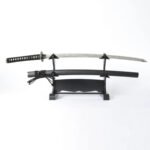 Wooden Display Stands Holder
Wooden Display Stands Holder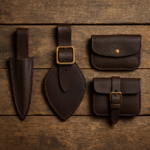 Leather Sheaths, Holsters & Pouches | Utility Gear
Leather Sheaths, Holsters & Pouches | Utility Gear
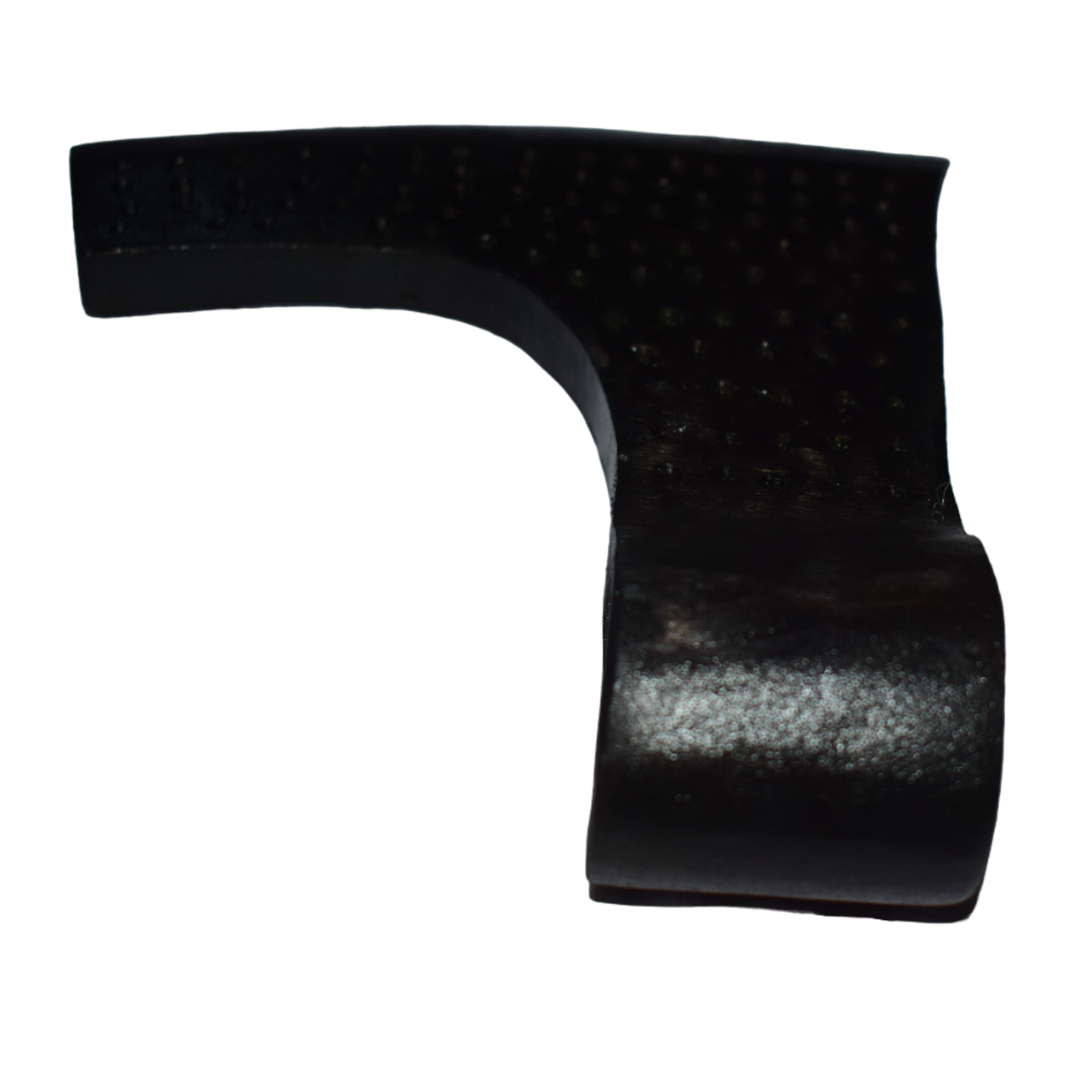

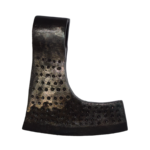


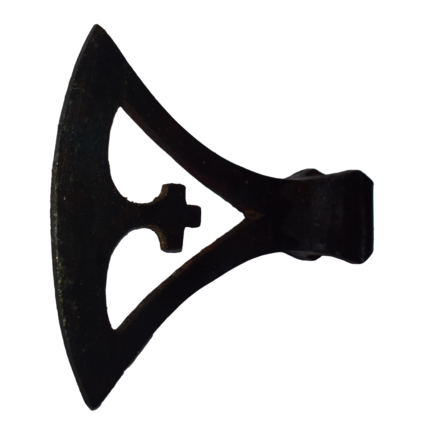
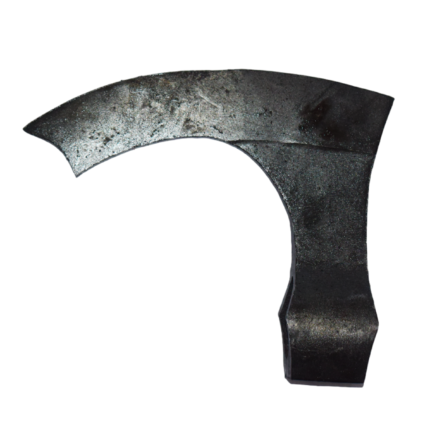


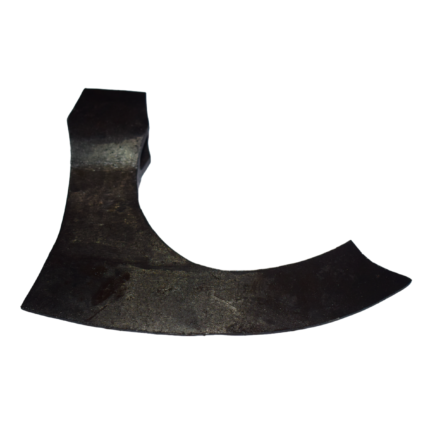
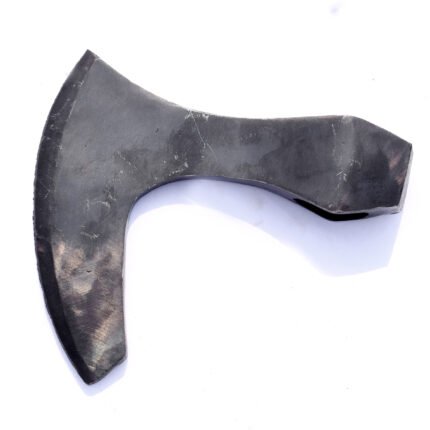
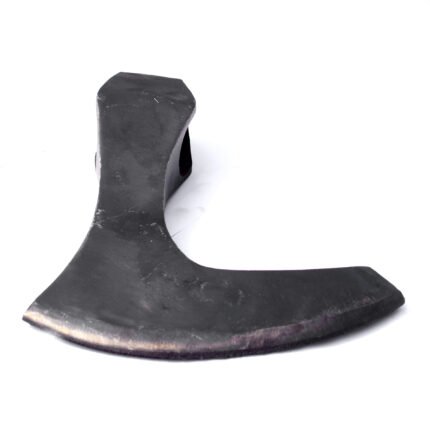
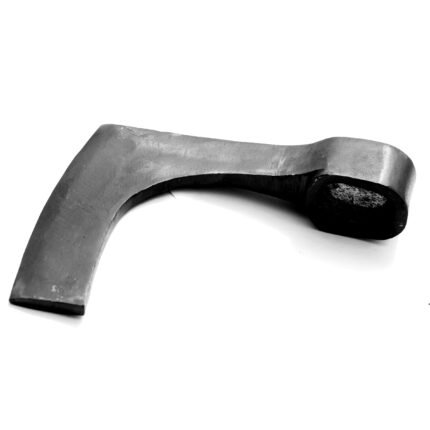


Reviews
There are no reviews yet.